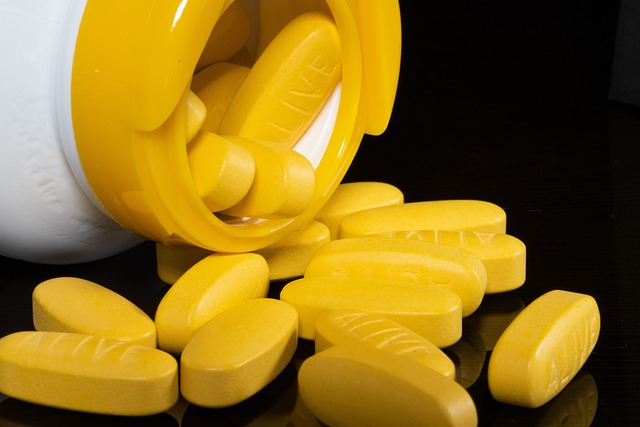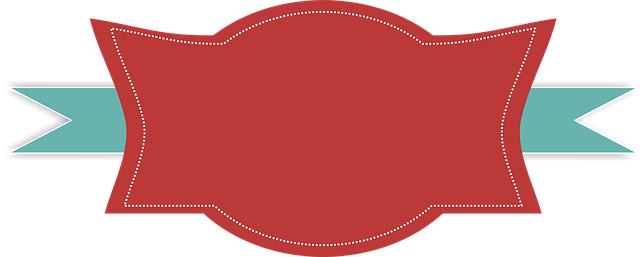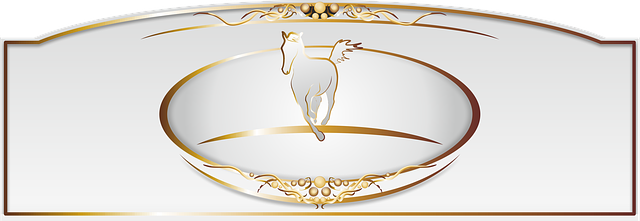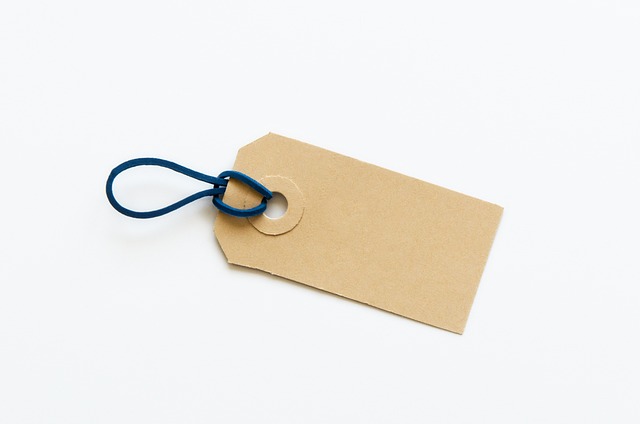In the UK, strict MHRA regulations require accurate pharmaceutical labeling for patient safety. Multinational companies rely on specialized Translation services for Pharmaceutical Product Labels UK to navigate local standards and ensure global distribution. These services employ expert translators who understand medical terminology and cultural nuances, creating clear, consistent labels that comply with varying regulations worldwide. Reputable providers implement rigorous QA protocols, guaranteeing precise communication of vital medication information to prevent regulatory issues and patient harm. Investing in these services is essential for both legal compliance and public health safety.
In the UK pharmaceutical industry, precise product label translation is non-negotiable. With stringent regulatory requirements, ensuring clear and accurate communication on medication labels is paramount. This article explores the intricacies of translating pharmaceutical product labels to meet UK standards, highlighting the crucial role of professional translation services.
We’ll delve into key considerations, quality assurance, common challenges, and best practices to ensure effective label communication, emphasizing the importance of specialized translation for these vital public health documents.
- Understanding Pharmaceutical Labeling Requirements in the UK
- The Role of Professional Translation Services
- Key Considerations for Accurate Product Label Translation
- Ensuring Compliance and Safety through Quality Assurance
- Common Challenges in Pharmaceutical Label Translation
- Best Practices for Effective Communication on Product Labels
Understanding Pharmaceutical Labeling Requirements in the UK

In the United Kingdom, pharmaceutical labeling is subject to stringent regulations to ensure patient safety and product quality. The Medicines and Healthcare products Regulatory Agency (MHRA) sets out detailed guidelines for drug labeling, covering everything from essential information to specific formatting requirements. These labels must be clear, accurate, and consistent, providing patients and healthcare professionals with vital details about the medication’s usage, potential side effects, and storage instructions.
Translation services play a critical role in ensuring pharmaceutical product labels meet these UK standards, especially for multinational companies marketing their drugs in English-speaking countries. Accurate translations are essential to convey the intended meaning without losing precision or risking misinterpretation. Professional translation services specializing in pharmaceutical terminology can help bridge this gap, providing linguistically and technically sound labels that comply with local regulations and facilitate global drug distribution.
The Role of Professional Translation Services

In the stringent world of pharmaceuticals, accuracy and clarity in product labelling are non-negotiable. This is where professional translation services for pharmaceutical product labels UK play a pivotal role. With regulatory requirements varying across global markets, ensuring compliance while maintaining consistency in label content demands expertise beyond general translation. Specialized pharmaceutical translators are trained to understand technical jargon, therapeutic areas, and legal nuances specific to each region, guaranteeing that every phrase is accurately conveyed.
Their meticulous approach involves not just translating words but also adapting them to fit within cultural and linguistic contexts. This includes localizing symbols, units of measurement, and even font choices to meet country-specific standards. By leveraging advanced tools and industry-specific databases, these services ensure the highest level of precision, enabling pharmaceutical companies to distribute products worldwide with confidence, knowing their labels are not just translated but perfectly tailored for each market.
Key Considerations for Accurate Product Label Translation

When translating pharmaceutical product labels, accuracy is paramount. In the UK, where regulations like the Medicines and Healthcare products Regulatory Agency (MHRA) guidelines govern labeling, a professional approach is non-negotiable. Key considerations for accurate translation include understanding not just the linguistic nuances but also the technical terminology specific to pharmaceuticals. Translation services for Pharmaceutical Product Labels UK should employ linguists with expertise in this field to ensure terms like active ingredients, dosage instructions, and side effects are conveyed precisely.
Additionally, cultural adaptation is crucial. While the core content remains consistent across languages, local customs and preferences may affect presentation and even certain terminology. A good translation service will not only render the text accurately but also adapt it culturally, ensuring that the final label resonates with the intended market while adhering strictly to regulatory requirements.
Ensuring Compliance and Safety through Quality Assurance

In the UK, translating pharmaceutical product labels is more than just converting text from one language to another; it’s a critical process that ensures compliance with stringent regulatory standards. Quality assurance (QA) plays an indispensable role in this domain. Reputable translation services for Pharmaceutical Product Labels UK employ rigorous QA protocols to maintain accuracy and safety. This includes meticulous proofreading, fact-checking against source materials, and consulting with medical experts to confirm the semantic and clinical integrity of the translated content.
By adhering to these robust QA measures, translation providers guarantee that product labels accurately convey essential information, including active ingredients, dosage instructions, potential side effects, and contraindications. Non-compliance can have severe consequences, from regulatory fines to, worse, patient harm. Thus, investing in professional translation services that prioritize QA is not just a legal requirement but also a moral obligation to protect public health and safety.
Common Challenges in Pharmaceutical Label Translation

In the realm of pharmaceuticals, accurate and consistent label translation is paramount to ensure patient safety and regulatory compliance. However, navigating the challenges inherent in this process can be a complex task for many companies, especially when relying on traditional translation methods. One of the primary hurdles is maintaining scientific and medical terminology accuracy across different languages, as pharmaceutical concepts often have specific terms that may not have direct equivalents.
Additionally, pharmaceutical labels must adhere to stringent regulatory requirements in various countries, including the UK, where agencies like the Medicines and Healthcare products Regulatory Agency (MHRA) dictate strict guidelines. These regulations demand precise formatting, syntax, and terminology, making it crucial for translation services to possess expertise in both languages and local laws. The need for highly specialized knowledge is further compounded by the fact that labels often include intricate instructions, potential side effects, and dosage information, requiring a deep understanding of medical practices and cultural nuances to convey this information clearly and effectively.
Best Practices for Effective Communication on Product Labels

When it comes to pharmaceutical product labels, clear and precise communication is paramount. Effective label design goes beyond simply translating text from one language to another; it requires a deep understanding of regulatory requirements and the ability to convey complex information succinctly. For instance, when utilizing translation services for pharmaceutical product labels UK-based companies should seek specialists who can ensure terms related to dosage, warnings, and ingredients are accurately conveyed while adhering to local guidelines.
Best practices involve engaging professional translators with expertise in both languages and pharmacology. This ensures not only grammatical correctness but also semantic accuracy, avoiding potential pitfalls like ambiguous translations or oversimplification of critical details. Additionally, employing visual aids, such as standardized symbols and diagrams, can enhance comprehension, especially for users with limited language proficiency. Remember, effective communication on product labels is a critical step in ensuring patient safety and regulatory compliance.
In the UK pharmaceutical industry, ensuring accurate and compliant product labels is paramount. By leveraging professional translation services that specialize in pharmaceutical labeling, companies can navigate complex regulatory requirements with ease. Through meticulous attention to detail, cultural sensitivity, and adherence to international standards, these services play a vital role in creating clear and effective product labels. When selecting a translation partner for pharmaceutical product labels in the UK, prioritizing quality assurance processes is essential to maintain safety, efficacy, and brand reputation. By following best practices and addressing common challenges, manufacturers can ensure their products communicate effectively while meeting stringent regulatory standards.



